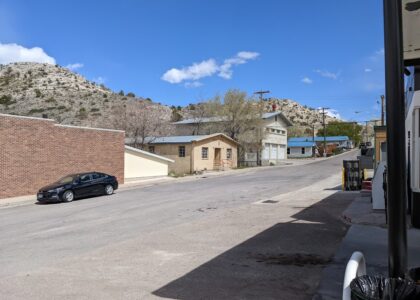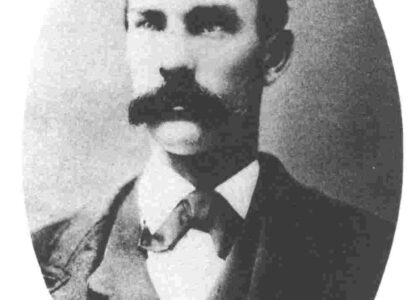Welcome to the captivating story of the Albany Train Robberies. This location marks a chapter in the history of the American Wild West that is lesser-known but equally intriguing as the tales of Jesse James or Butch Cassidy. Set against the backdrop of the burgeoning railroad industry in the late 19th century, the Albany Train Robberies paint a vivid picture of a time when railroads were lifelines, and trains carried fortunes in their freight cars.
The saga begins in the 1870s, a time when railroads were expanding rapidly across the American landscape. Albany, Wyoming, a small town with a strategic location along these vital rail lines, became a hotspot for enterprising outlaws. These bandits were not the romanticized figures often depicted in Western lore but rather opportunistic criminals looking to make a quick fortune by targeting the trains that passed through this area.
One of the most audacious events occurred on a chilly night in 1877. A band of robbers, led by the notorious outlaw Big Nose George Parrott, planned an ambitious heist. Their target: a Union Pacific train carrying a significant payroll intended for local workers. The robbers meticulously studied the train schedules, laying low in the surrounding hills, waiting for the right moment to strike. When the train finally approached, they placed a barricade on the tracks, forcing it to a halt. What followed was a chaotic scene of masked gunmen demanding the release of the payroll from the train’s safe. The robbers made off with a small fortune, leaving the crew and passengers in shock.
The aftermath of the robbery saw a manhunt that gripped the nation. The Pinkerton National Detective Agency, famous for their relentless pursuit of criminals, was called in to track down the perpetrators. After months of investigation, Big Nose George and some of his accomplices were captured. The trials that followed were a media sensation, drawing attention to the ongoing struggle between law enforcement and the outlaws of the West.
Over time, the Albany Train Robberies became emblematic of the challenges faced by the burgeoning rail industry. Railroads began to implement more stringent security measures, including armed guards and fortified safes, to deter future robberies. The events also underscored the need for coordinated law enforcement across state lines, contributing to the evolution of modern policing in America.
Today, the site of the Albany Train Robberies stands as a testament to a bygone era, offering a glimpse into the tumultuous past of the American frontier. Visitors to the area can imagine the tense standoffs and daring escapades that once unfolded here, providing a thrilling connection to history. While the tracks are now silent, the stories of those wild days linger, reminding us of the relentless spirit of adventure and the complex tapestry of American history.
As you stand here, take a moment to reflect on the legacy of the railroads, which not only transformed the landscape but also played a pivotal role in shaping the nation. The Albany Train Robberies are a small but significant part of this grand narrative, illustrating the enduring allure of the Wild West and the indomitable will of those who dared to challenge the status quo.






